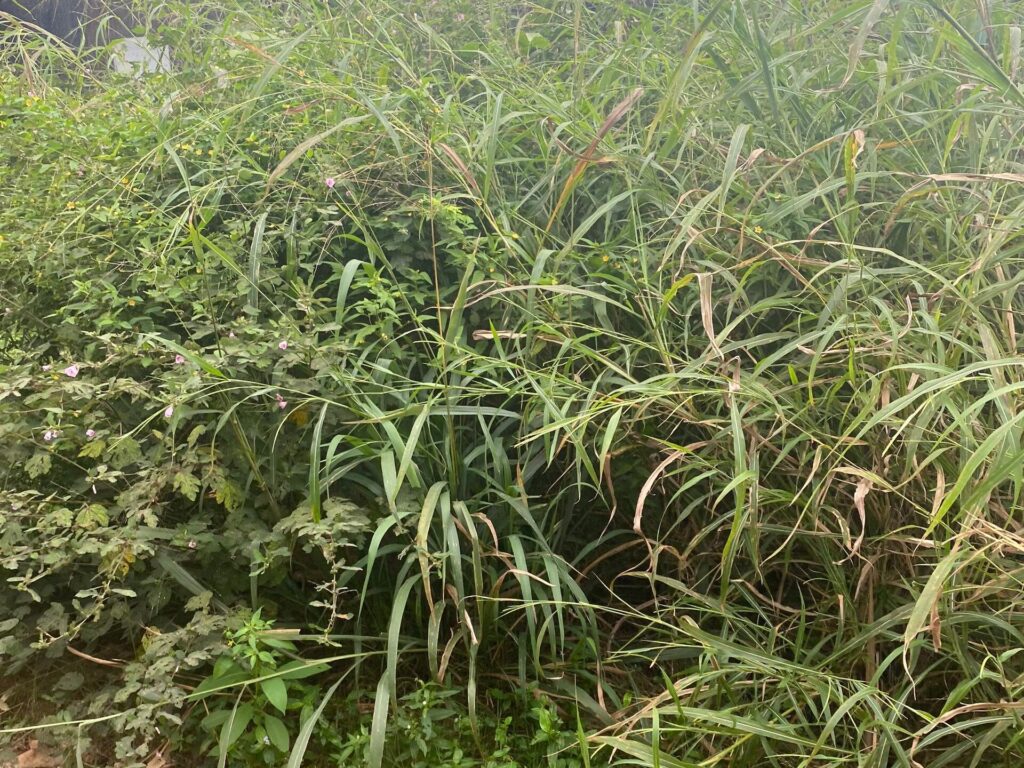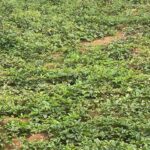
Animal improvement is simply defined as a process of producing animals with superior qualities to satisfy human needs. Animal improvements also refers to the ways of developing and breathing only those animals that shows the greatest merits under consideration such as a good feed conversion, growth rate, disease resistance and egg size. It also involves the upgrading of existing (local) breeds as a result of some desirable characteristics which they possess.
Aim of Animal Improvement
- To produce animals that can adapt to adverse climatic conditions.
- To produce animals that are resistant to diseases.
- To produce animals that are tolerant to pests and parasites.
- To produce early maturing breeds of animals.
- To produce animals with a high Field conversion ratio/efficiency.
- To produce animals with a fast growth rate.
- To develop animals for particular purposes e.g. racing.
- To produce animals with high yielding capability.
Processes of animal improvement
There are three processes or methods of animal improvement. These are introduction, selection and breeding.
Introduction
Introduction involves the bringing of exotic breeds of animals with desirable qualities into a new environment. Introduction is they bringing into the farm or a country, high quality breeds of livestock with a high productive capacity an other good desirable characteristics from another farm or country. Before the production of such animals from another country exotic breeds), one must be sure that such breeds possess higher quality characteristics than the local breeds. Different breeds of farm animals exist and this include the local breeds, imported breeds and the cross breeds.
The local breeds are usually small animals slow maturing, Poor producers, but adapted to local environment and resistant to many diseases. The exotic (imported) breeds are big animals, early maturing, good producers but may not adapt to local environment and not be resistant to many diseases. To obtain a balance, the exotic breeds are used to met the local breeds to obtain cross breeds which will now combine all the good qualities of exotic and local breeds.
Advantages of Introduction
- Breeds which are not originally present in the home country are introduced.
- It enhances greater productivity.
- It leads to the absence of pests and diseases.
- Breeds may perform better in terms of quality and quantity, if they are able to adapt to local environment.
Disadvantages of Introduction
- It may introduce new diseases to the area.
- It may introduce new pests to the area.
- It may have the problem of adaptation to the new area.
- It may not perform maximally.
Selection
Selection is the process of picking or choosing one or more animals with desired quantity from a group or population for breeding purposes. In other words, selection is the process of picking or selecting from a mixed population those animals are breeding value as parents. Selection is undertaking to maximise genetic gain. It helps to select animals that are capable of transmitting their genetic attributes to their offspring. Animals with desirable characteristics like good meat production, egg laying, etc are selected. Selection is grouped into two main classes.
- Natural selection: This is the ability of individual animals to weather through unfavorable environmental forces to survive and reproduce. Those that are unable to survive die off.
- Artificial selection: This selection is done by a man using his intelligence and influence to start and mate animals in order to increase the number of animals these are four types of artificial selection.
- Mass selection: Animals are selected or rejected on the basis of their own performance (merit). Animals with the desired characteristics are chosen in preference to those not possessing them from a large group of animals.
- Progeny selection: Animals are selected on the performance of their progeny or offspring. Mothers of the best performed offspring are retained while the mothers of offspring that do not perform well are discarded.
- Family selection: Animals are selected or rejected on the basis of the performance of the relatives of family. It is useful when family size is large.
- Pedigree selection: Animals are selected or rejected on the basis of the performance of their ancestors. This selection is based on the belief that ancestors have passed on their traits to the animals being considered and so the animals are likely to perform your body or even better than the ancestors.
Advantages of Selection
- It ensures that only the best naturally available animals are selected.
- Animals which desirable characteristics are selected.
- Animals from best breeds are bred for distribution.
- Animals with undesirable characteristics are detected and rejected.
- Selection reduces the spread of diseases.
- It also reduces the spread of parasites associated with breeding stocks.
Disadvantages of Selection
- Selection is tedious and time consuming.
- It is very costly in terms of time and money.
- It requires expertise which may not be readily available.
- It brings about elimination or exclusion of some desirable traits of some parent stock.
- No new desirable characteristics are introduced.
Breeding
Breeding is the mating of animals of the same species with the aim of transferring desirable qualities from parents to offspring. In other words, breeding involves the development of animals by transferring inherited politics from parents to offspring. This is achieved through mating.
Types of Breeding
In-Breeding
- This involves the mating of more closely related animals than the average of the population from which they come, e.g. the mating of father to daughter, son to mother or brother to sister.
- It produces offspring with undesirable characteristics because of recessive genes showing up.
- It also enable the farmer to get desired character or quality well developed in an animal.
- In-breeding helps to produce inbred lines that can be used for cross breeding to produce hybrid vigour.
Line-breeding
- It is closely related or similar to in-breeding.
- It involves the mating of not too closely related animals, e.g. mating between cousins.
- It has the same disadvantages as in-breeding, but it takes a longer period for undesirable traits of the parents to appear (i.e, in-breeding depression).
- It is used to consolidate traits for a sire or dam. Most of the high quality commercial characters developed recently have been as a result of line-breeding.
3. Crop Breeding
- This is the mating of proven quality animals from different breeds.
- It may lead to an increase in hybrid vigour, e.g. the cross between muturu breed of cattle which is resistant to trypano-smiasis and white Fulani which is susceptible to the disease to produce a hybrid which combines the good quantities of the two breeds.
- It results in breeds of animals with higher production capacity than any of the parents.
- It brings about greater rate of growth in an offspring.
- It produces individuals that can withstand climatic variations in the environment.
- It increases disease resistance in offspring.
- It also promotes higher yields of eggs, meat and milk in offspring.


